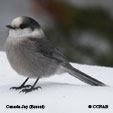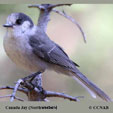North American Bird Search Box
This search box can be used to find bird species using bird's english, french or latin name, or to identify bird by its 4 letter Alpha Code
Field Guide for all the Birds of North America
Canada Jay
4 Letter (english names) Alpha Code: CAJA (1)
Mésangeai du Canada
Perisoreus canadensis
Information, images and range maps on over 1,000 birds of North America, including sub-species, vagrants, introduced birds and possibilities
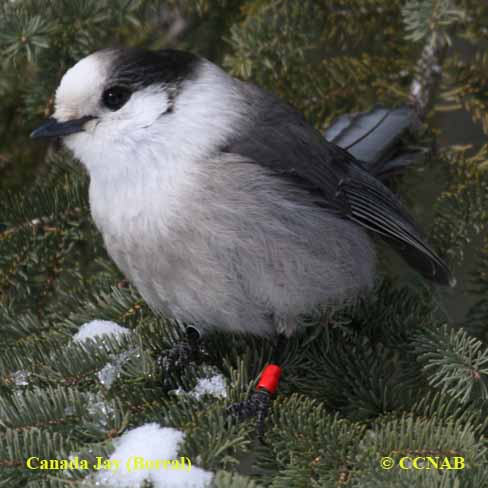
There are a number of sub-species of the Canada Jay seen in North America, some with subtle differences from the others, and only its location is the best indicator as to what sub-species it is. Below are examples of two of the races. The Canada Jay (Boreal) is seen across the widest range and is the most common. It can be found from the interior of Alaska, throughout the northern territories, eastern prairie provinces and right across the continent into Newfoundland and Labrador. The other is the Canada Jay (Northern) and it is seen from the southern borders of the Yukon Territory, south through British Columbia and its ocean islands, as well as right through to the northern California borders on the western side of the Rocky Mountains.
- Summer
- Year Around
- Winter
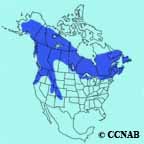
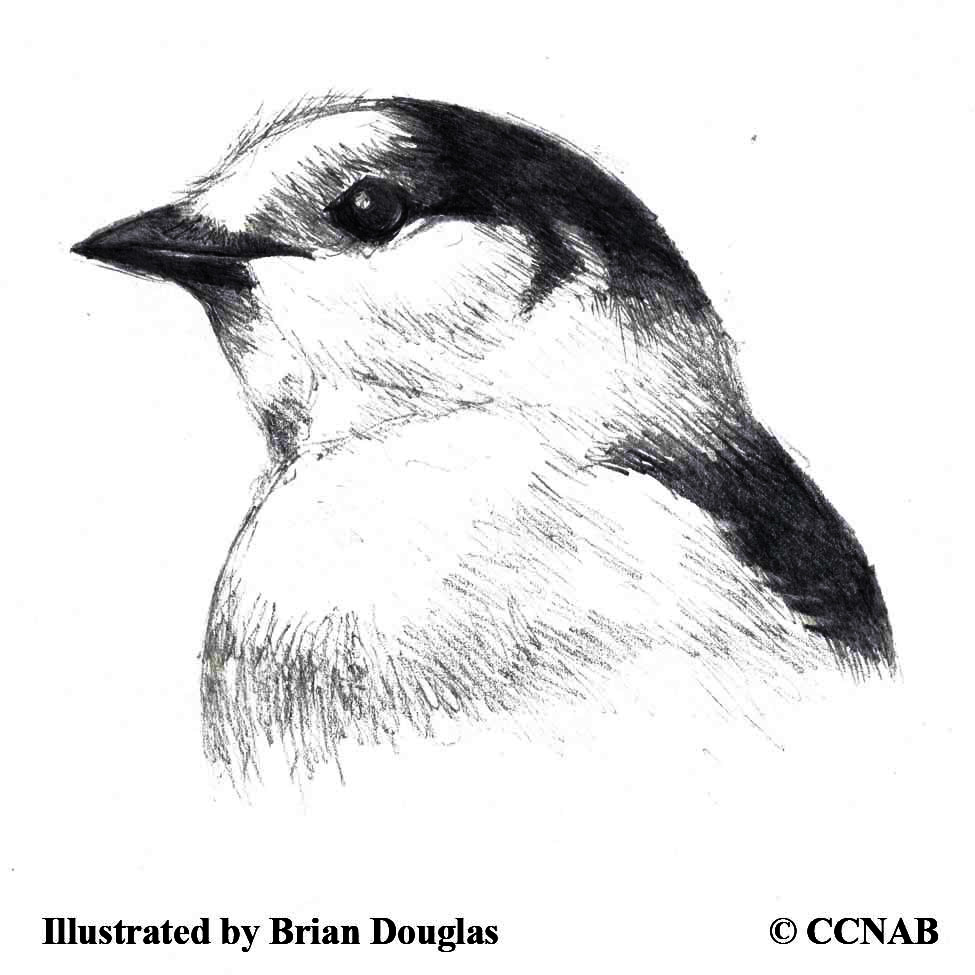
The Canada Jay has once again retained its given name, as it was known into the 1950's. At that time it was renamed the "Gray Jay". This is a very friendly bird and seems to frequently welcome people in parking lots, campgrounds or cabins in the woods. It has also been nicknamed the "Camp Robber" or the "Whiskey Jack". These forest birds do not migrate and are one of the few bird species that store food in caches in order to survive the cold winter months.
North American Birds Videos
- Click here - Boreal sub-species
Reference to Other Bird Site:
ABA - American Birding Association This site represents an organization that maintains official records of all birds species that have been proven to have been seen inside the perimeters of the North American Continent and the surrounding bodies of water. Regular revised versions are posted to keep the bird list current at all times. This is the list used by all serious birders over their lifetime. You may be aware of the movie called the "Big Year". It was with this list that all the competing birders used in an attempt to set a new record as to how many bird species that could be seen by an individual birder in one calendar year.
